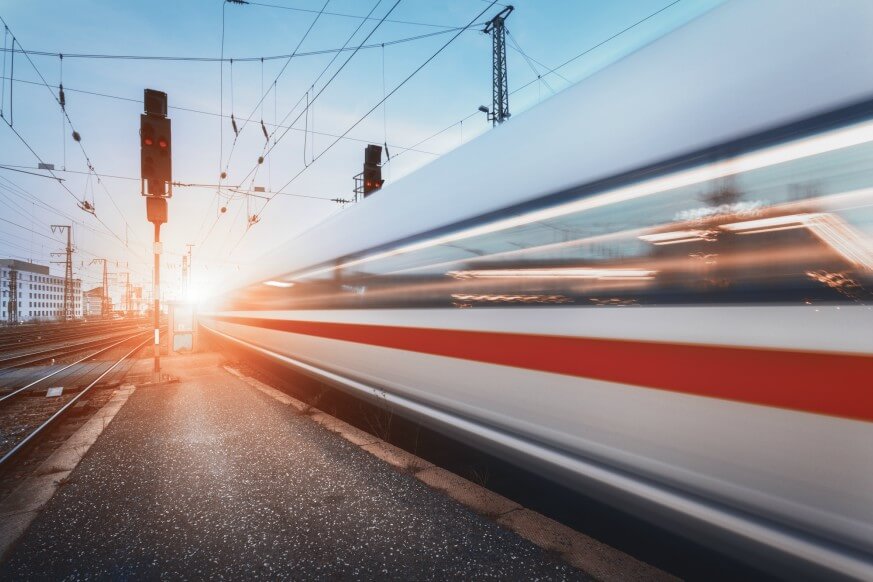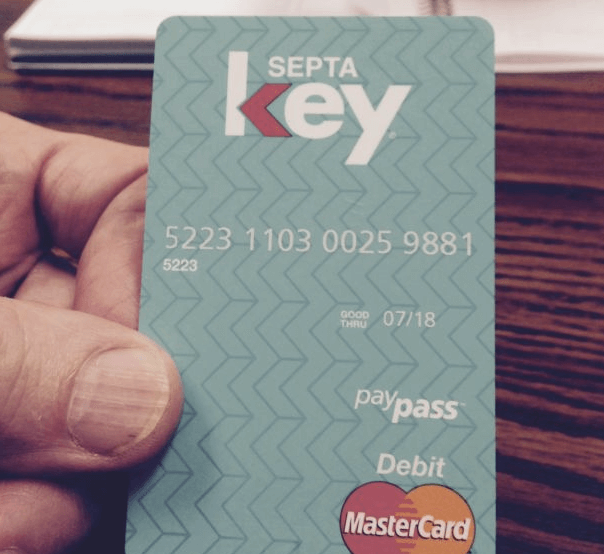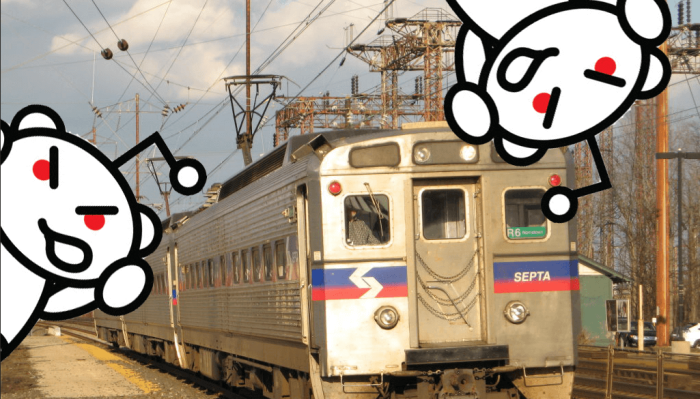With Amazon now tasked with sifting through 238 proposals for its second North American headquarters, transit advocates took a closer look at how four tri-state bidding cities match up when it comes to mass transit, one of the online retailer’s criteria for HQ2.
Released Wednesday, a study titled “Primed and Ready?” from the Tri-State Transportation Campaign (TSTC) focuses on New York City; Newark; Hartford, Connecticut; and Philadelphia/Camden, New Jersey.
“Each does present a pretty decent case, and that’s why we picked them,” TSTC Executive Director Nick Sifuentes told Metro. “The Amazon bid is a great opportunity to talk about public transit and the need for public transit from an economic perspective. It’s an opportunity to shift the conversation to say public transit is one of the best things you can do to position your city to attract this kind of worker.”
In addition to investing more than $5 billion in the winning city, Amazon’s HQ2 is expected to create up to 50,000 jobs.
Here’s the good — and the bad — TSTC found when it comes to possibly moving those new people around these four cities.
New York City
Pro: “When it comes to public transit, New York has an incredibly strong bid,” Sifuentes said. “We’ve got the subway and bus system, the Long Island Rail Road, PATH, Metro-North and even future projects like the BQX that could be helpful.”
Con: “The fundamental challenge is the underfunding of the subway and bus system. That is a huge issue — it’s tough for a company to move to New York when the subway system is under immense strain,” he said. “I think it makes New York borderline uncompetitive.”
Newark
Pro: “You’ve got, in theory, one of the best transportation networks out there, with an airport nearby, very immediate connections to highways, the port, light rail and buses,” Sifuentes said.
Con: “New Jersey Transit is tremendously underfunded, especially on the operations side,” he said. “The fundamental irony of [Gov. Chris] Christie supporting Newark’s bid is he’s the one responsible for all the challenges, failing to do Gateway and failing to fund NJ Transit — the things that could potentially do Newark good.”
Philadelphia/Camden, New Jersey
Pro: “It is the existence of a pretty dense and somewhat interconnected network of light rail and bus networks,” Sifuentes said.
Con: “The largest challenge there is NJ Transit underfunding and making a system that’s interconnected to work well with the other players — SEPTA, PATCO, NJ Transit — there’s a lot of different cities operating there, so if they can streamline use of the systems, that makes those two competitive,” he said.
Hartford, Connecticut
Pro: “We have the development of a real bus network that’s actually going to be able to move significant numbers of people,” Sifuentes said. “When you do bus rapid transit right — with bus lanes, transit signal priority, all that good stuff — you’re actually able to move people pretty rapidly.”
Con: “The biggest challenge is Hartford has traditionally been a car-dependent city, and the idea of bringing in 50,000 people that are car-dependent is something that would be ultimately choking to Hartford’s growth,” he countered.



























